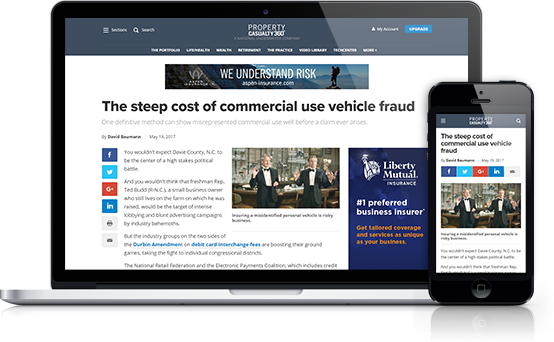Barings and Sumitomo, where a lack of management oversight allowed traders Nicholas Leeson to bankrupt the first and Yasuo Hamanaka to hide $2.6 billion in copper futures losses at the second, are among the names that catapulted from the business pages to the front page. Likewise, the mutual fund late-trading cases and the global settlements of the investment banking retail analyst investigations brought the business of Wall Street into the consciousness of Main Street.
These failures, scandals and headlines all share one common theme: Better operational controls could have prevented them. The ability of an institution to properly manage these types of exposures, including conflicts of interest and regulatory and legal risks, are essential components of operational risk management.
In a typical enterprise risk management structure, risk is measured and aggregated across four main areas: operational, market, credit and insurance risks. Operational risk is defined as the risk of loss resulting from inadequate or failed internal processes, personnel, systems or external events.
Recommended For You
Want to continue reading?
Become a Free PropertyCasualty360 Digital Reader
Your access to unlimited PropertyCasualty360 content isn’t changing.
Once you are an ALM digital member, you’ll receive:
- Breaking insurance news and analysis, on-site and via our newsletters and custom alerts
- Weekly Insurance Speak podcast featuring exclusive interviews with industry leaders
- Educational webcasts, white papers, and ebooks from industry thought leaders
- Critical converage of the employee benefits and financial advisory markets on our other ALM sites, BenefitsPRO and ThinkAdvisor
Already have an account? Sign In Now
© Touchpoint Markets, All Rights Reserved. Request academic re-use from www.copyright.com. All other uses, submit a request to [email protected]. For more inforrmation visit Asset & Logo Licensing.







